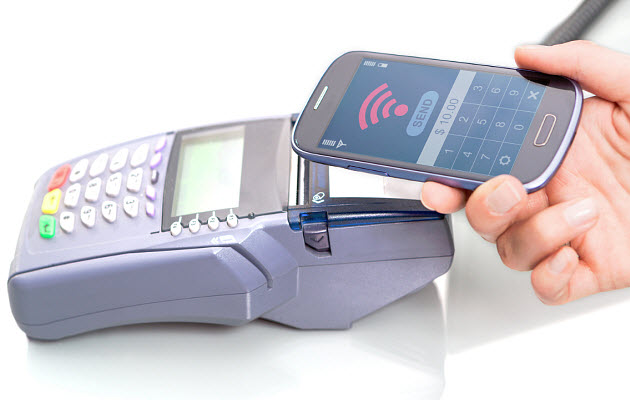BWild |
November 27, 2015
A recent Bankrate.com survey has shown that mobile wallet apps still won’t go mainstream this year.
The results of a survey conducted by Bankrate.com have now been released and have revealed that, for the most part, adults in the United States don’t plan to use mobile payments in order to pay for their holiday shopping purchases.
In fact, the research showed that only 14 percent of U.S. adults said they’d use a mobile wallet this holiday season.
Among the reasons the Bankrate.com survey found were standing in the way of the use of mobile payments by American consumers, there was one that stood out the most. Many shoppers simply don’t feel that using Android Pay, Apple Pay, Samsung Pay and other mobile wallets is safe. In fact, 36 percent of the participants in the survey said they were worried about the security of these mobile apps. The survey involved the participation of one thousand adults in the United States.
Aside from security, another concern people had about mobile payments was about convenience.
 Another 31 percent of the survey’s respondents said that they felt that other types of payment method would be more convenient for them to use than mobile wallets.
Another 31 percent of the survey’s respondents said that they felt that other types of payment method would be more convenient for them to use than mobile wallets.
While Apple Pay, the mobile wallet from the iPhone maker, saw a great deal of media attention when it first debuted in the United States, last year, it hasn’t seem to have taken on a very powerful charge as many had expected. Some had predicted that Apple would pave the way for smartphone based payments as a whole. However, none of the wallet apps have really caught on with mainstream consumers.
The data from this survey only further underscored the great distance that this mobile technology has ahead of it before it can be considered to be a major part of the transaction industry in the country.
Still, as much as mobile payments may not be here yet, it is still expected that they will one day play an integral role in the American retail transaction system experience and that this day will not be long off. The shakeup has already begun as many retailers update the point of sale tech.
BWild |
February 28, 2014
As smartphone based transactions take off at breakneck speed, everyone is trying to hop aboard.
The speed with which mobile payments services are growing and are becoming accepted have now made it clear to most large banks that if they want to be able to remain relevant into the future, they will need to be able to offer their customers the ability to pay for goods and services through the use of smartphones.
Many telecoms and credit card companies are also hopping on board this massive trend.
Even retailers are starting to come up with their own opportunities to hop onto the mobile payments bandwagon and are coming up with their own unique strategies. As the shift toward smartphones as a platform continues, a growing number of companies from massive international giants to small mobile app development startups are trying to turn themselves into important players in this sector.
As mobile payments adoption becomes more common, the competition for those positions is growing.
In fact, it has already reached the point that solutions providers are trying virtually anything to carve out their share of this market, and to continue clawing to broaden that share. Unfortunately, as this continues to occur at an increasingly rapid rate, it is also causing this particular market to fragment. The technology as a whole is owned by many groups and within each group there is a flood of different players. Every one of them is looking to dominate as opposed to creating a consistent experience overall.
The result has been the development of what David Sear, Weve managing director, called a “mess”. He pointed out that “It is confusing for people and for banks, as well as being costly all round.” He explained that scalability is critical in order to make this market work. While it is currently questionable whether the situation is contributing to bank revenues in any way, it is undoubted that these institutions must hang onto it, regardless, in order to succeed in the future.
This fact makes the future of mobile payments extremely hard to predict. The form of it, at the moment, suggests that it will only continue to become more muddied and complex before it has the ability to improve.
 Another 31 percent of the survey’s respondents said that they felt that other types of payment method would be more convenient for them to use than mobile wallets.
Another 31 percent of the survey’s respondents said that they felt that other types of payment method would be more convenient for them to use than mobile wallets.

